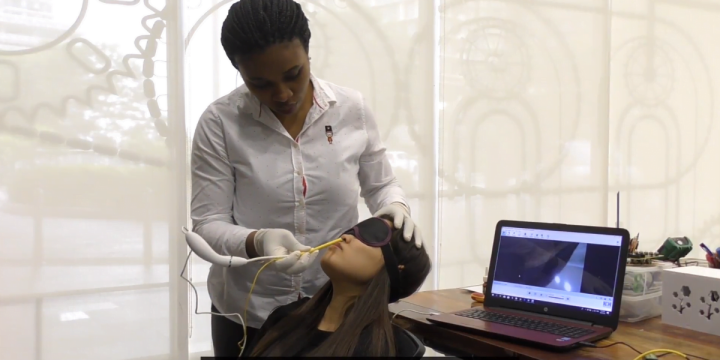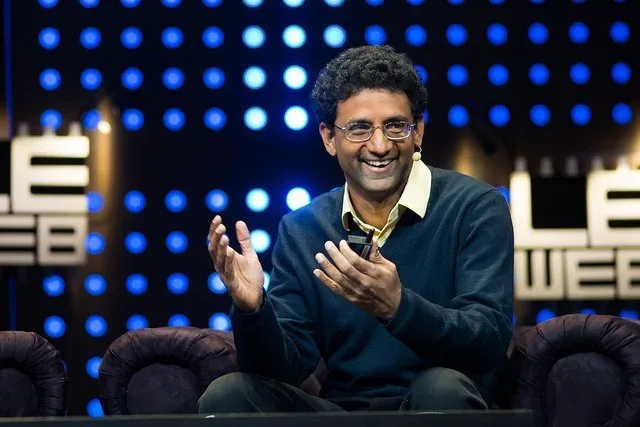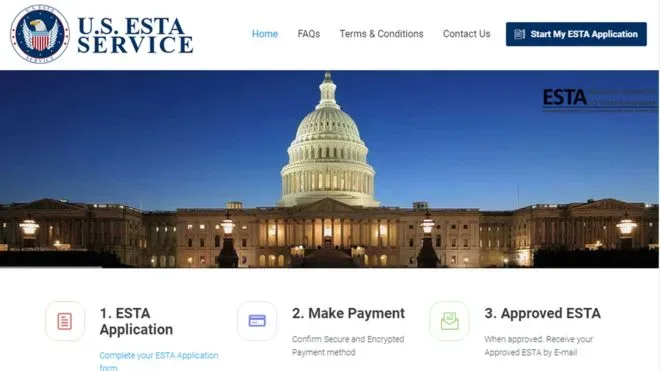Back in 2013, Google played an April fool prank on everyone and announced a Beta version of their “flagship” Nose program. Google Nose’s mobile aroma indexing program claimed to have a fifteen million database of smells from around the world. That was hilarious for sure, but many people were intrigued by the idea of sharing an aroma over the internet.
Well, it seems like these researchers took it seriously and are actually working on it. That’s a joke on Google. In the future, your friends might surprise your sinuses with stinky smells by just sharing it on social media.
Okay, let’s be serious and talk about it for a minute. New research at Imagineering Institute in Malaysia designed a concept for smelling content digitally like restaurant items and a rose bouquet using electrical simulation directly up your nostrils. A senior research fellow Kasun Karunanayaka at the Imagineering institute is leading the quest to create a “multisensory internet.” The team experimented with different patterns of nasal stimulation and by changing the frequency of the current various times; they managed to produce the required results. The result they got was an intense smell sensation.
How does it work?
With electrodes, the researchers made people smell things that weren’t physically there. The device can send an electric charge to your brain through the nose and trigger a sensation of smell. Karunanayaka told IEEE, Kasun said that according to their initial proof-of-concept experiments, subjects are describing the odors as fragrant or chemical as perceived. Some people are describing smells that they encountered as “sweet,” “fruity,” “woody” and “toasted minty.”
The concept of sending aroma over the internet is not new. It has been practiced in the past with the help of some respective devices that were triggered by specific commands to produce an odor. Kasun and his team replaced the need of these chemical devices. The team stuck a thin cable up the noses of 31 people who volunteered for this experiment. The cable had silver electrodes and a tiny camera with which they were able to reach the sinus of the subject. Usually, humans sense smell when sensitive skin cells are stimulated by chemical compounds triggering a signal to the brain through the olfactory nerve. These cells of the inner nose lie a few centimeters above and behind the nostrils. The team of researchers obliterated these cells directly with an electric current.
This experiment is as challenging as it seems.
Karunanayaka said, “A lot of people wanted to participate, but after one trial they left because they couldn’t bear it.”
The team is also collaborating with a Japanese startup, Scentee, and is working on the world’s first smartphone gadget that can produce a sensation of smell.
Someday, we will be able to send smells of different things like tacos or hamburgers over the internet. We can expect to wake up with an alarm that can stimulate the aroma of coffee in your smartphone. Smells, great!
If you are wondering about “Google Nose,” here’s the April fool video.





Share Your Thoughts